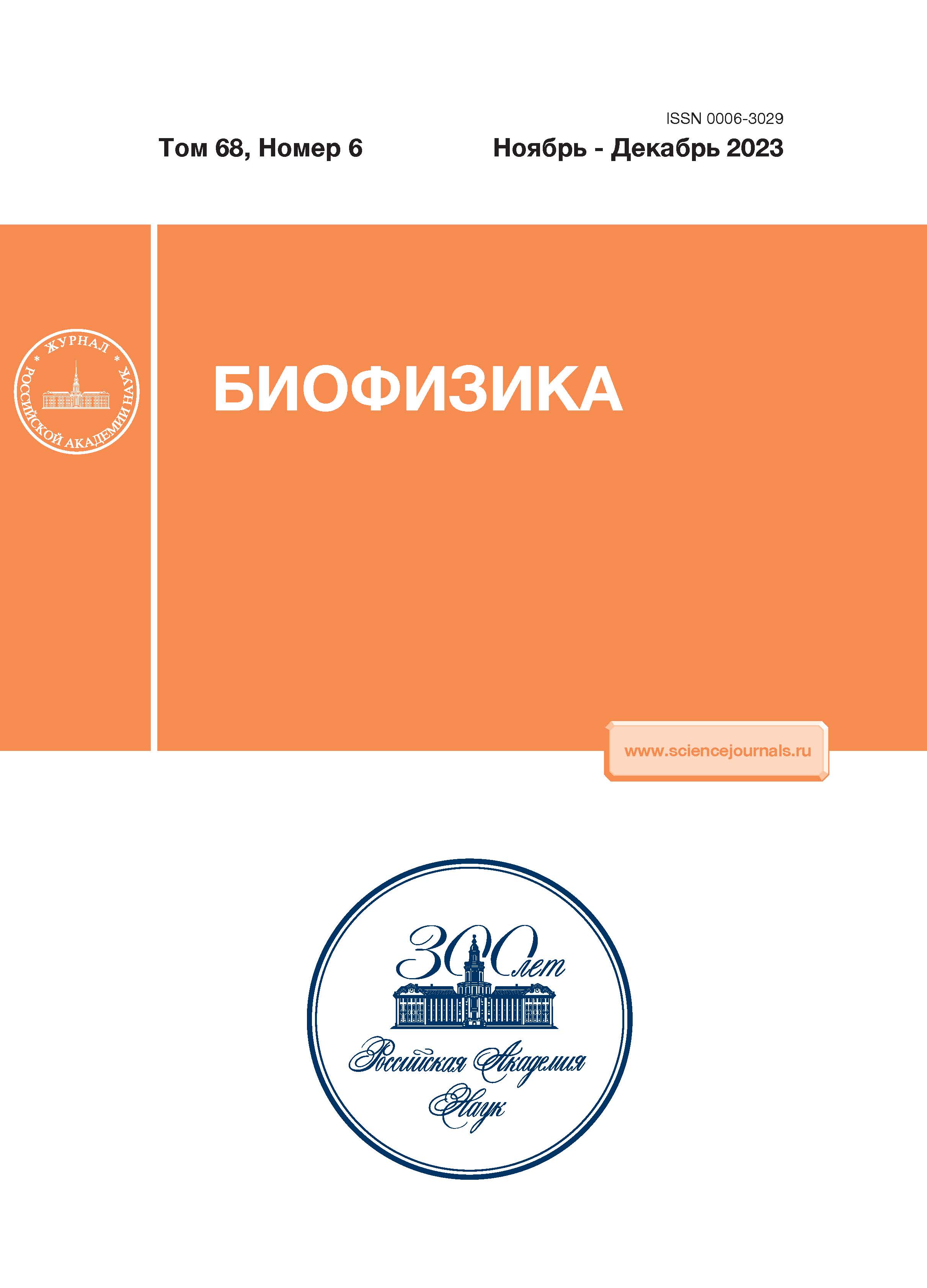Method for short-term prediction of ultradian and infradian rhythms based on the registration of fluctuations in the rates of radioactive decay of potassium-40
- Autores: Diatroptov M.E1, Diatroptova M.A2, Slesarev S.M3
-
Afiliações:
- A.N. Severtsov Institute of Ecology and Evolution, Russian Academy of Sciences
- A.P. Avtsyn Research Institute of Human Morphology, B.V. Petrovsky National Research Centre of Surgery
- Ulyanovsk State University
- Edição: Volume 68, Nº 6 (2023)
- Páginas: 1251-1258
- Seção: Articles
- URL: https://kld-journal.fedlab.ru/0006-3029/article/view/673252
- DOI: https://doi.org/10.31857/S0006302923060169
- EDN: https://elibrary.ru/RLHRXY
- ID: 673252
Citar
Texto integral
Resumo
Observations of fluctuations in the rates of radioactive decay of potassium-40, a naturally occuring radioactive isotope of potassium, were made simultaneously in Moscow and Ulyanovsk. It was shown that variations of the count rates from sources in these geographic areas did not happen at the same time but were synchronized with local solar time. Based on this observation and taking into account that fluctuations in the rates of radioactive decay correlate with body temperature rhythms, a method for short-term prediction of ultradian rhythms of animal activity was developed and validated. The correlation analysis was conducted to see the relationship between the dynamics of the intensity of radioactive decay rates variability and the daily growth rates of the cell culture L-929. It was found that the maximum correlation coefficient can be observed after comparison of the indicator of the proliferative activity of the culture with the value of the intensity of radioactive decay rates variability as it was the day before the comparison. Thus, based on the data on fluctuations in the rates of radioactive decay of potassium-40, which is an indicator of the biotropic factor of the environment, it is possible to make short-term forecasts of ultradian and infradian biological rhythms.
Palavras-chave
Sobre autores
M. Diatroptov
A.N. Severtsov Institute of Ecology and Evolution, Russian Academy of Sciences
Email: diatrom@inbox.ru
Moscow, Russia
M. Diatroptova
A.P. Avtsyn Research Institute of Human Morphology, B.V. Petrovsky National Research Centre of SurgeryMoscow, Russia
S. Slesarev
Ulyanovsk State UniversityUlyanovsk, Russia
Bibliografia
- Л. Я. Глыбин, В. А. Святуха и Г. Ш. Цициашвили, Биофизика, 40 (4), 829 (1995).
- C. Focan, G. Cornelissen, and F. Halberg, In Vivo, 9, 401 (1995).
- C. Maschke, J. Harder, G. Cornelissen, et al., Biomedicine & Pharmacotherapy, 57, 126 (2003).
- R. Jozsa, A. Olah, G. Cornelissen, et al., Biomedicine & Pharmacotherapy, 59, 109 (2005).
- В. Я. Бродский, Биохимия, 79 (6), 619 (2014).
- I. D. Blum, L. Zhu, L. Moquin, et al., Elife, 3, ID e05105 (2014).
- C. Bourguignon and K. F. Storch, Front. Neurol., 8, ID 614 (2017).
- М. Е. Диатроптов, Г. Н. Арсеньев, В. C. Шатеева и др., Ученые записки Крымского федерального университета имени В. И. Вернадского. Биология. Химия, 8 (1), 76 (2022).
- М. А. Диатроптова, А. М. Косырева, О. В. Макарова и др., Бюл. эксперим. биологии и медицины, 172 (8), 244 (2021).
- М. Е. Диатроптов, Н. В. Ягова, Д. В. Петровский и А. В. Суров, Бюл. эксперим. биологии и медицины, 171 (5), 639 (2021).
- М. Е. Диатроптов и М. А. Диатроптова, Бюл. эксперим. биологии и медицины, 171 (6), 777 (2021).
- М. Е. Диатроптов и А. В. Суров, Докл. РАН. Науки о жизни, 509 (1), 137 (2023).
- С. Э. Шноль, Космофизические факторы в случайных процессах (Svenska fysikarkivet, Стокгольм, 2009).
- А. Г. Пархомов, Космос. Земля. Человек. Новые грани науки (Наука, М., 2009).
- В. А. Панчелюга и М. С. Панчелюга, Биофизика, 60 (2), 395 (2015).
- В. А. Панчелюга, Метафизика, № 4, 10 (2020).
- A. G. Parkhomov.Int. J. Pure Appl. Phys., 1 (2), 119 (2005).
- E. Fischbach, J. B. Buncher, J. T. Gruenwald, et al., Space Sci. Rev., 145, 285 (2009).
- S. A. Bogachev, A. G. Khralamov, I. A. Kishin, et al., J. Phys.: Conf. Series, 1690, 012028 (2020).
- V. Milidn-Sdnchez, F. Scholkmann, P. Fernandez de Cbrdoba, et al., Sci. Rep., 10, ID 8525 (2020).
- М. Е. Диатроптов, С. М. Слесарев и Т. А. Зенченко, Бюл. эксперим. биологии и медицины, 172 (7), 87 (2021).
- M. A. Blank, V. A. Gushchin, F. Halberg, et al., In Vivo (Athens, Greece), 9 (4), 395 (1995).
Arquivos suplementares










